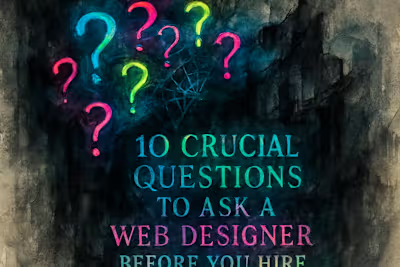How to Vet a Web Designer: Verifying Testimonials and Reviews

How to Vet a Web Designer: Verifying Testimonials and Reviews
Where to Find Authentic Reviews and Testimonials
Their Professional Website and Portfolio
Professional Networks like LinkedIn
Third-Party Review Sites and Platforms
How to Analyze the Content of a Review
Look for Specifics, Not Vague Praise
Assess the Reviewer's Legitimacy
Note How the Designer Responds to Feedback
Going a Step Further: Asking for and Checking References
When and How to Ask for a Reference
What to Ask a Former Client
How to Spot Fake or Misleading Testimonials
Overly Generic or Repetitive Language
Lack of Verifiable Details
Suspicious Timing or Patterns
Making Your Final Decision
References
How to Vet a Web Designer: Verifying Testimonials and Reviews
Where to Find Authentic Reviews and Testimonials
Their Professional Website and Portfolio
Professional Networks like LinkedIn
Third-Party Review Sites and Platforms
How to Analyze the Content of a Review
Look for Specifics, Not Vague Praise
Assess the Reviewer's Legitimacy
Note How the Designer Responds to Feedback
Going a Step Further: Asking for and Checking References
When and How to Ask for a Reference
What to Ask a Former Client
How to Spot Fake or Misleading Testimonials
Overly Generic or Repetitive Language
Lack of Verifiable Details
Suspicious Timing or Patterns
Making Your Final Decision
References
Posted Jun 30, 2025
Don't just take testimonials at face value. Learn how to verify a web designer's credibility by analyzing client feedback, checking references, and spotting fake reviews.











